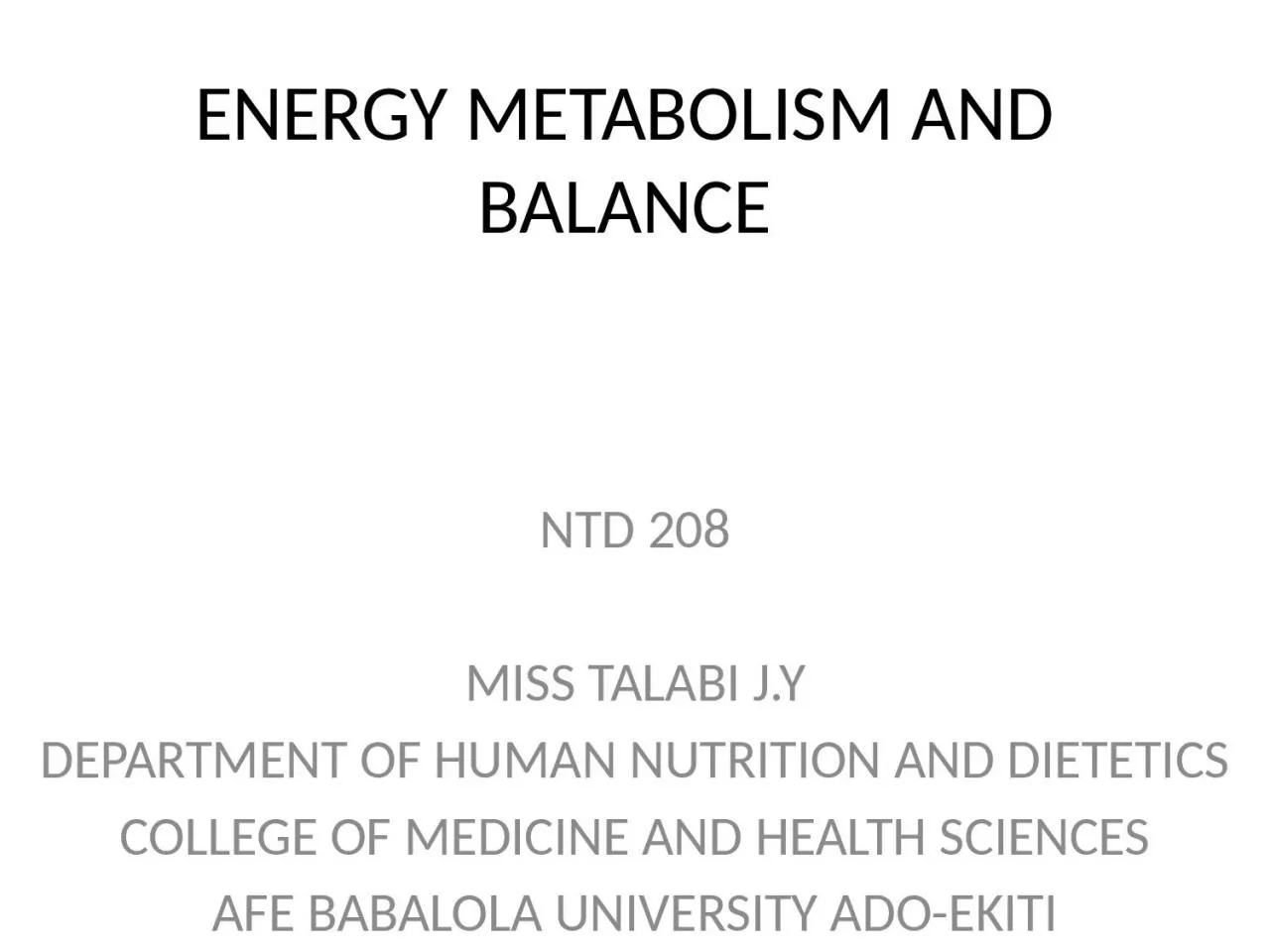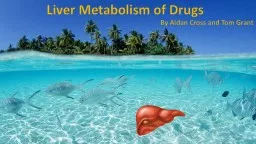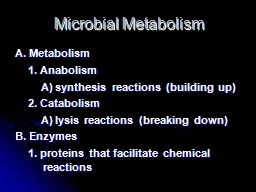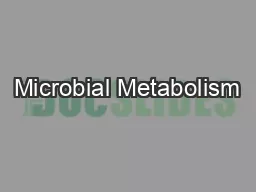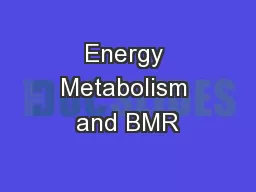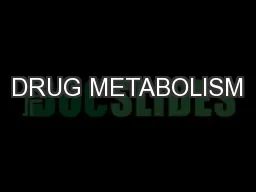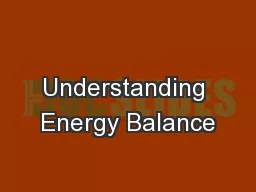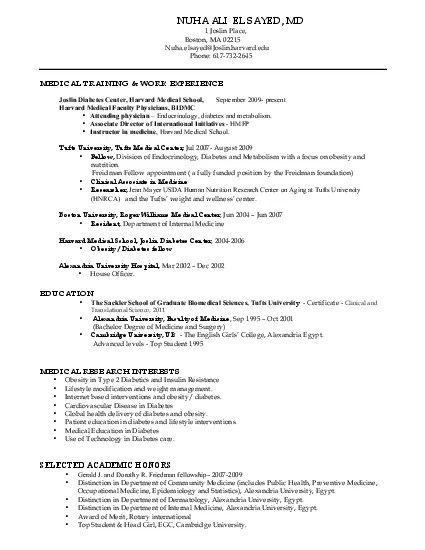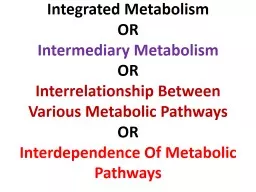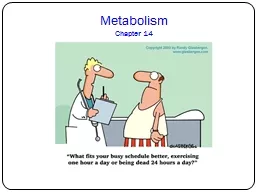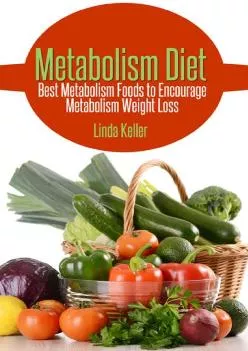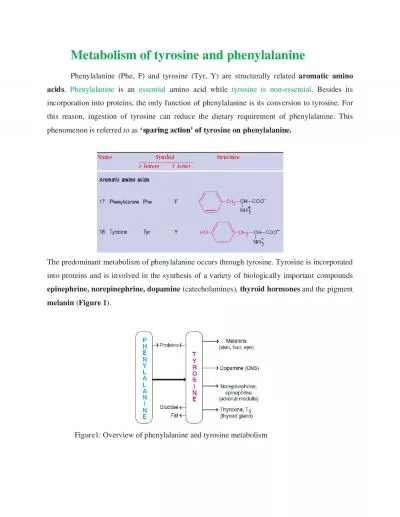PPT-ENERGY METABOLISM AND BALANCE
Author : arya | Published Date : 2024-01-29
NTD 208 MISS TALABI JY DEPARTMENT OF HUMAN NUTRITION AND DIETETICS COLLEGE OF MEDICINE AND HEALTH SCIENCES AFE BABALOLA UNIVERSITY ADOEKITI INTRODUCTION Energy is
Presentation Embed Code
Download Presentation
Download Presentation The PPT/PDF document "ENERGY METABOLISM AND BALANCE" is the property of its rightful owner. Permission is granted to download and print the materials on this website for personal, non-commercial use only, and to display it on your personal computer provided you do not modify the materials and that you retain all copyright notices contained in the materials. By downloading content from our website, you accept the terms of this agreement.
ENERGY METABOLISM AND BALANCE: Transcript
Download Rules Of Document
"ENERGY METABOLISM AND BALANCE"The content belongs to its owner. You may download and print it for personal use, without modification, and keep all copyright notices. By downloading, you agree to these terms.
Related Documents

